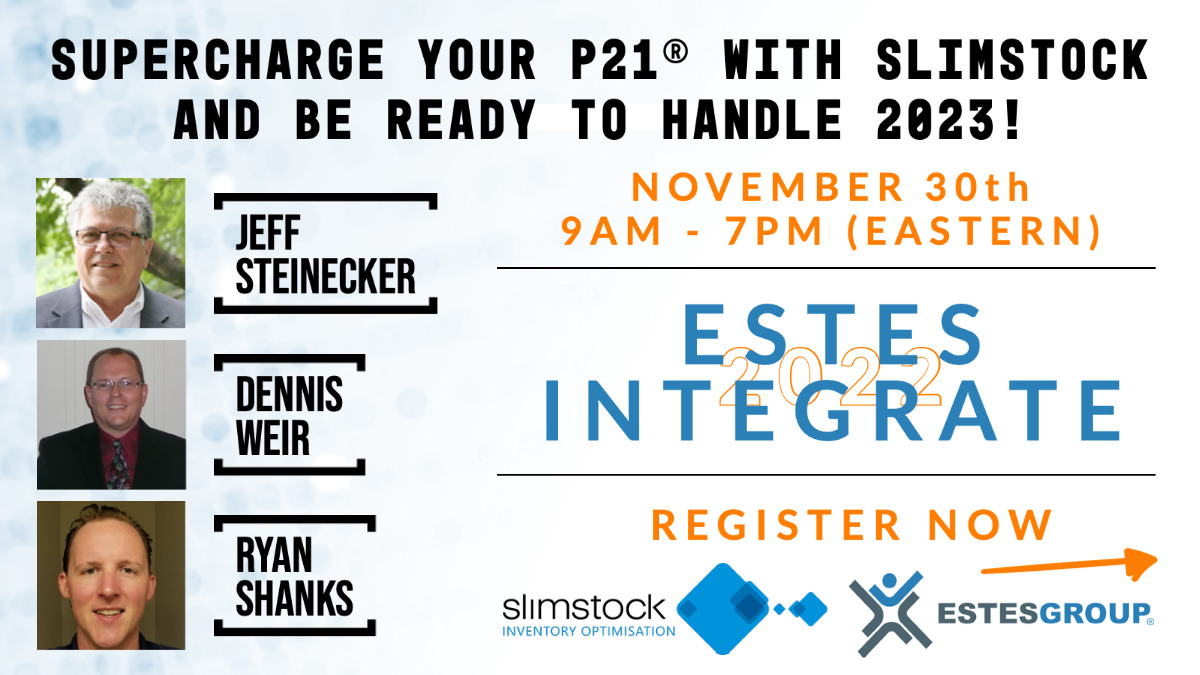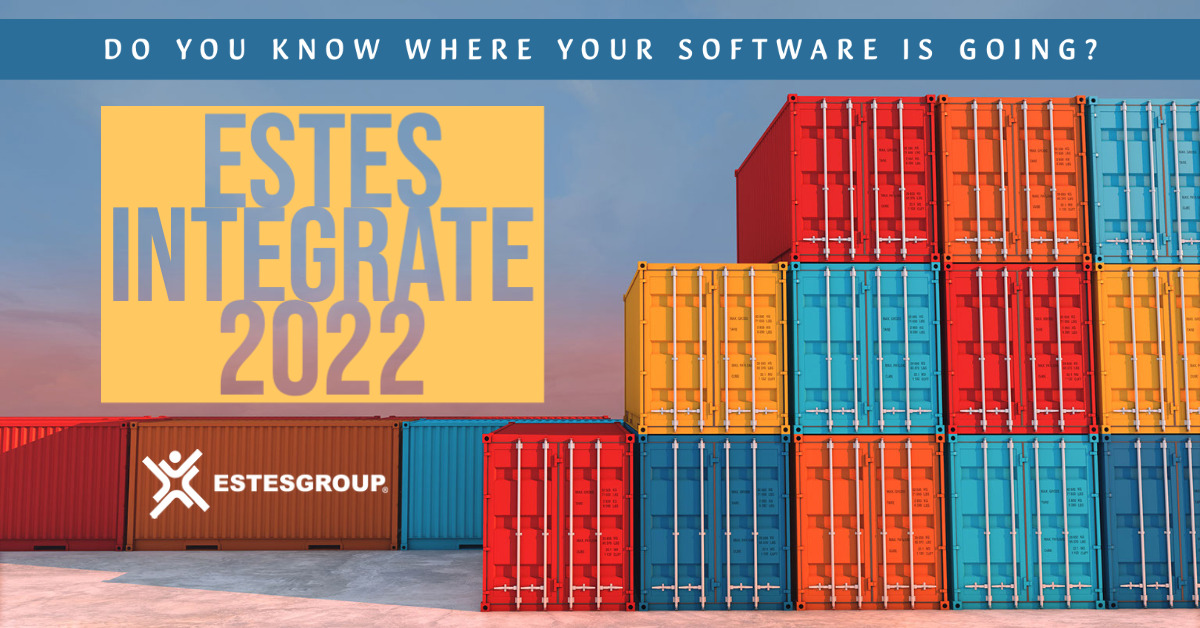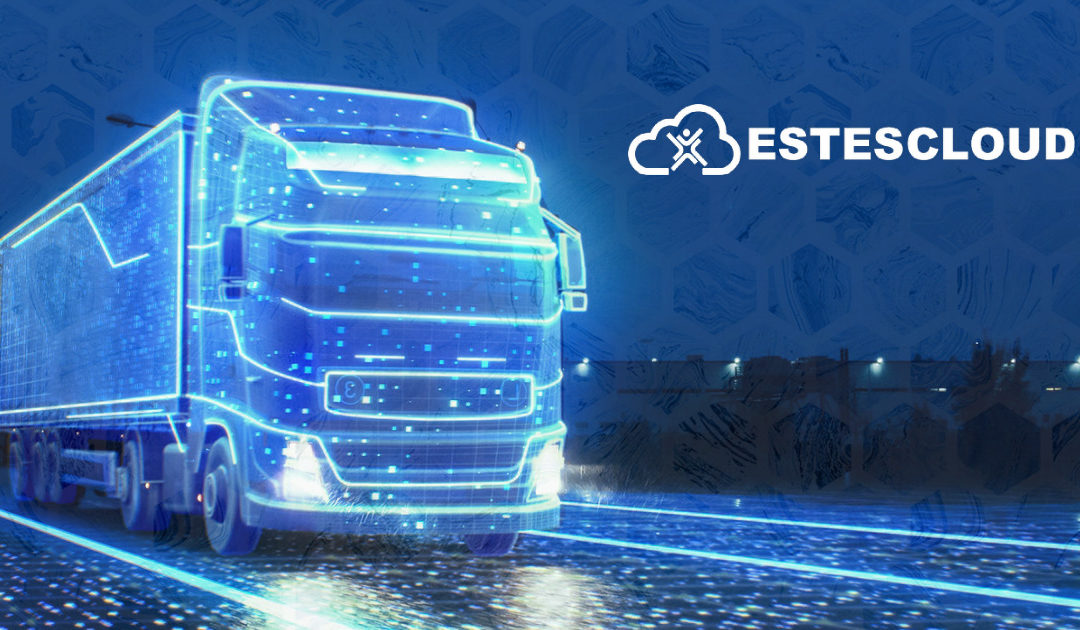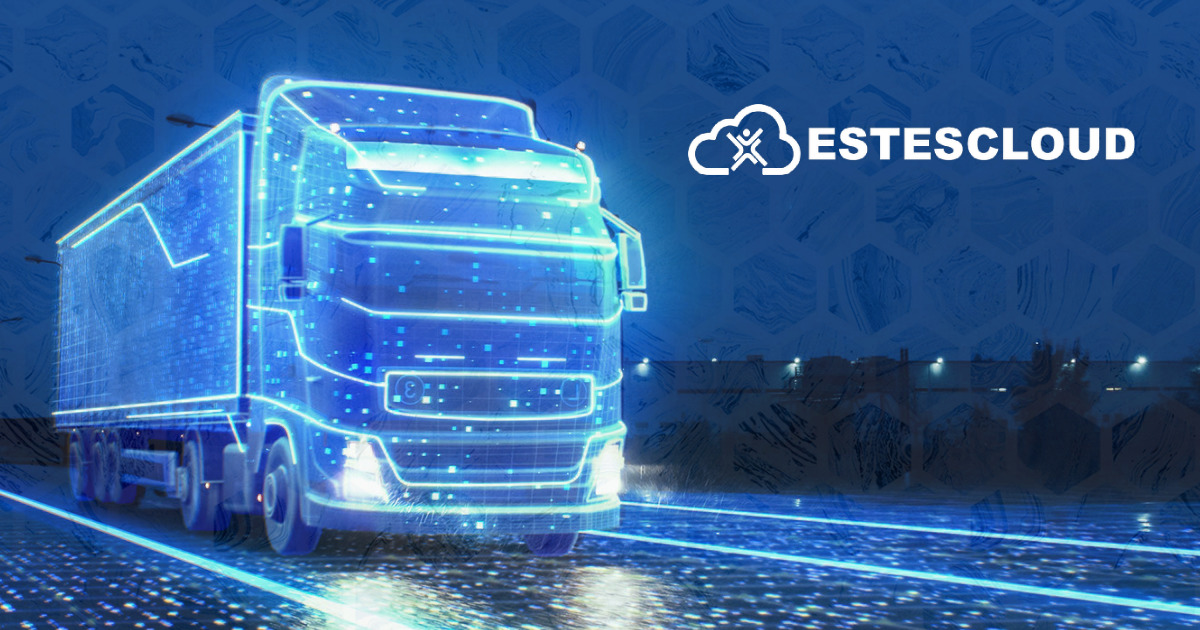
How to Prepare Your Supply Chain for 2023
Over the last few years, I’ve seen companies perform every possible inventory management tactic to mitigate the supply chain challenges that afflicted the nation as a function of the pandemic. Some strategies proved to be detrimental, with manufacturing and distribution companies burdened at times with massive quantities of low-turn product.
That is to say, if you are a distributor recovering from stressors due to the pandemic, optimally managing your Prophet 21 inventory levels is of utmost importance as you head into the new challenges of 2023. COVID-19 and other recent global events are testing the resilience and flexibility of supply chains.


How Can You Prepare Your Supply Chain for 2023?
Slimstock is one company that can show you how to be ready for the possible supply chain rollercoasters of the new year. Slimstock’s forecasting, planning, and purchasing solution integrates with the P21 application to bring you to the next level of P21 efficiency and P21 optimization.
Slimstock is the market leading AI-powered inventory optimization software. Slimstock helps companies using Epicor Prophet 21 by enabling the delivery of the right stock to the right place at the right time.
Slimstock does this by all-in-one P21 integration of Inventory Forecasting, Demand Planning and Purchase Optimization, with machine learning capabilities.
Over the last 25 years, Slimstock has helped thousands of companies to boost profitability and unlock working capital by improving availability, increasing efficiency, and eliminating waste with guarantee on ROI within a year.
Since their inception in 1993, they have worked in collaboration with business leaders, domain experts and academics and the P21 user community to develop their award-winning inventory optimization platform, Slim4.
Join Jeff Steinecker, Dennis Weir, and Ryan Shanks, on November 30th at 4:00 (Eastern), as they work to help Prophet 21 companies in supercharging their P21 supply chain strategies and practices.
Meet Slimstock at ESTES INTEGRATE 2022
Jeff Steinecker (Strategic Accounts Executive at Slimstock): Jeff has an extensive experience in helping customers realize gains in productivity, efficiency, and fun. He is a knowledge expert in supply chain and can align, lead, and grow supply chains with assured returns.
Dennis Weir (Business Development Executive at Slimstock): With a strong background in supply chain, Dennis is your Knowledge Partner for Demand Planning and Inventory Optimization. He is excited to represent Slimstock and answer any questions you may have.
Ryan Shanks (Pre-Sales Demonstrations & Solution Architect at Slimstock): Ryan has a background in Supply Chain, primarily focusing on Logistics, Distribution, and Sourcing. He enjoys sharing knowledge with others and thus is delighted to be a part of the webinar.




















